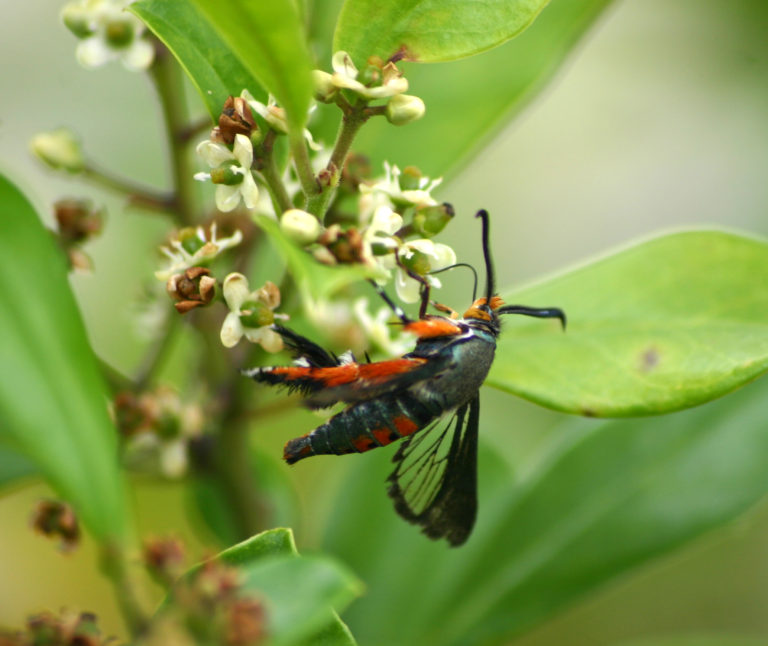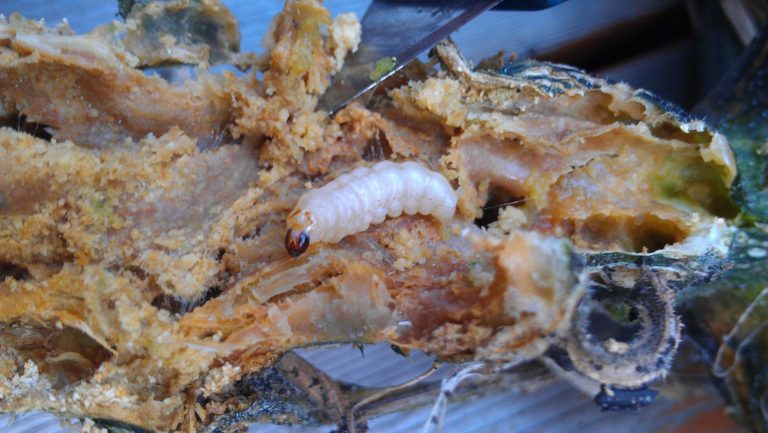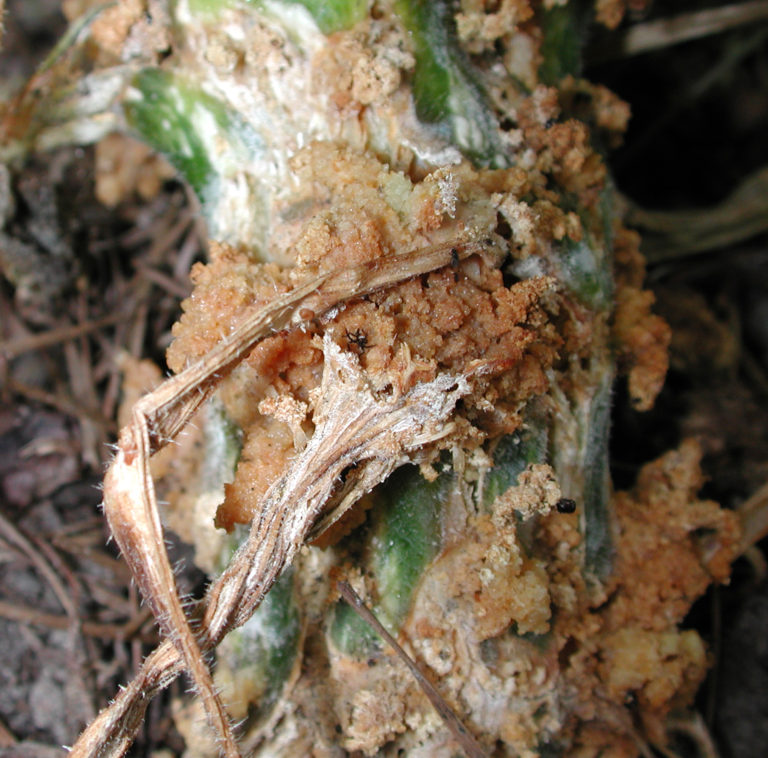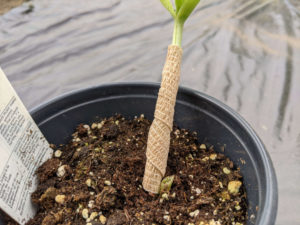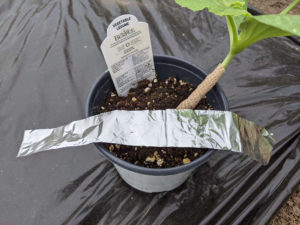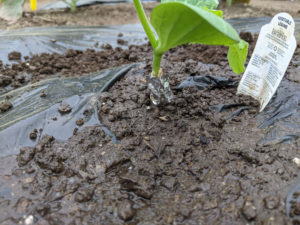Squash Vine Borer
Insect Identification
Images
The squash vine borer (SVB) is a pest that causes substantial damage to plants such as zucchini and squash. A plant infested with the SVB will die without action from the gardener. However, hope is not lost as methods of control and prevention are available to those who know what to look for.
Damage
The SVB is a unique pest in that it lives most of its life as a larva embedded in the vine of plants. Initially, the only indication of the SVB is a small hole at the base of your plant. As the insect matures and consumes more of the plant, you will begin noticing a a sawdust-like frass being pushed out of the stem of the plant near the soil line. Eventually the plant will begin wilting as if it is being starved of water. By this time it is too late and the plant must be removed and destroyed.
Affected Plants
The squash vine borer (SVB) is known to be a significant pest of squash (including zucchini) and pumpkin plants but can also attack the following plants
- Cucurbits
- Cucumbers
- Summer squash
- Pumpkins
- Watermelon
Management
The list below includes methods to control the SVB and another to remove it from an infested plant.
Preventative Barrier
Vine Wrap Method
- Wait until the vine of your plant is strong enough to be handled. Depending on the plant, this may be just before transplanting or soon after.
- Lightly wrap stretchy medical gauze over the vine, starting from where the roots begin (often below the soil line) and continuing up to the first set of leaves. This will allow air to move in between the plant and the outer protective layer
- Cut strips (approximately 1 inch wide) of aluminum foil and lightly apply the wrap over the gauze. This will act as a physical barrier and prevent the SVB from laying eggs on the vine.
- As the plant grows, reapplication of the foil will be necessary to prevent the foil from cutting off nutrients to the leaves. You may need to apply gauze and foil 2 or 3 times during a season.
- Wait until the vine of your plant is strong enough to be handled. Depending on the plant, this may be just before transplanting or soon after.
Row Cover
- After transplanting, cover your plant with row cover and anchor it down in the corners. This will act as a barrier keeping all insects away from your plant. However, depending on your plant, it may need to be removed to allow for insects to pollinate the flowers. Consult the page of the plant you’re growing for more information.
Physical removal
- Regularly check your plants for signs of holes and sawdust-like frass. When you see either, carefully slice into the plant with a razor blade along the length of the vine where you see the frass. Make a small incision at first and enlarge as needed
- Carefully pull the slit open and look for the SVB larva. Use tweezers to remove the insect and destroy it. There may be multiple larvae in the vine at different locations, so multiple incisions may be necessary.
- Cover the slit with moist soil or mulch to encourage the plant to heal.
- Contact us for help in removing the SVB
NOTE: The insecticides available to the home gardener are ineffective against the SVB. Application and timing is difficult and should not be attempted. DO NOT ATTEMPT TO CONTROL THE SQUASH VINE BORER WITH INSECTICIDES.

